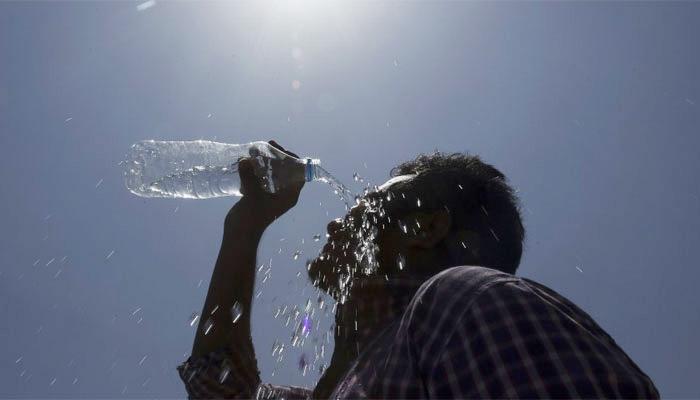Beware India: Heat Waves Beyond Human Survival Limit Soon, Says World Bank Report

Thiruvananthapuram: The adverse effects of climate change are increasingly being witnessed across the globe, with no country being spared.
But a new report would be ringing alarm bells for India. It says that India could become one of the first places to experience heat waves that break the human survivability limit.
A World Bank report titled ‘Climate Investment Opportunities in India’s Cooling Sector’ states that the country is experiencing higher temperatures which arrive earlier than in previous years and stay far longer.
“In April 2022, India was plunged into the grip of a punishing early spring heat wave that brought the country to a standstill, with temperatures in the capital, New Delhi, topping 46 degrees Celsius (114 degrees Fahrenheit). The month of March, which witnessed extraordinary spikes in temperatures, was the hottest ever recorded,” the report noted.
The report, to be released during the two-day ‘India Climate and Development Partners’ Meet’ being organised by World Bank in partnership with the Kerala government, says that recent heat wave supports what many climate scientists have long cautioned about with reference to rising temperatures across South Asia.
“In August 2021, the Sixth Assessment Report of the Inter-governmental Panel on Climate Change (IPCC) warned that the Indian subcontinent would suffer more frequent and intense heat waves over the coming decade.
“The G20 Climate Risk Atlas also warned in 2021 that heat waves across India were likely to last 25 times longer by 2036-65 if carbon emissions remain high, as in the IPCC’s worst-case emission scenario,” the report says.
It also warns that economic productivity could be jeopardised across India due to rising heat.
“Up to 75 per cent of India’s workforce, or 380 million people, depend on heat-exposed labour, at times working in potentially life-threatening temperatures. …By 2030, India may account for 34 million of the projected 80 million global job losses from heat stress associated productivity decline,” the report states.
Among South Asian countries, India has shown largest heat exposure impacts on labour, with 101 billion hours lost a year.
Analysis by global management consulting firm,
According to an analysis by McKinsey & Company, lost labour due to rising heat and humidity may put up to 4.5% of India’s GDP – amounting to around $150-250 billion — at risk by the end of this decade.
“As temperatures rise across India, so will the demand for cooling. However, in a country where two-thirds of the population live on less than $2 a day, and where the average cost of an air-conditioning unit can vary between $260 and $500, air-cooling systems are a luxury available only to a few,” said the analysis presented in the India Cooling Action Plan (ICAP).
“Indoor and electric fans can help to maintain thermal comfort, but these too are expensive to buy and inefficient. As a result, many poor and marginalised communities across India are more vulnerable to extreme heat, living in inadequately ventilated, hot and crowded homes without proper access to cooling,” the report warned.

Comments are closed.